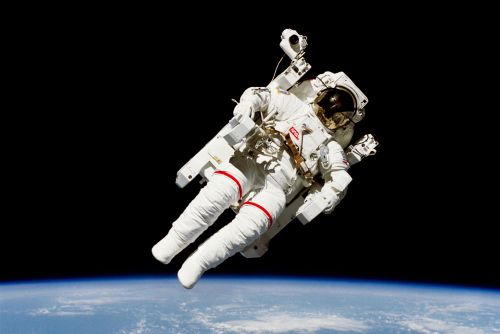
As NASA begins its search for new astronauts to populate the International Space Station and travel to Mars, new studies from the agency are also warning candidates of the potential physiological toll that being away from the planet for extended periods of time may have. In fact, a number of different studies have suggested that long missions in outer space have significant effects on astronauts’ brains — as one recent NASA study found, “a microgravity environment can lead to changes in brain structure and take a serious toll on astronauts’ ability to think.” According to its results, astronauts who’d spent six months on the ISS “had a more difficult time completing mental tasks and with physical coordination.”
Furthermore, preliminary findings from an ongoing European Space Agency and Roscosmos study reveal that the cortex of the brain actually reorganizes itself in order to adapt to the new environment at play in space. While the study will continue into 2018, initial discoveries have already been published in the journal Brain Structure and Function.
Given that human beings are not meant to exist in space, it comes as little surprise that there are a number of factors in outer space that take a toll on our bodies. “Factors that can have an impact consist of, but are not limited to, weightlessness, cosmic radiation, isolation, confinement and disturbed day-night rhythm,” Angelique Van Ombergen of the University of Antwerp told The Huffington Post. “As one can imagine, all these factors can have an impact on the human brain, as they are new, challenging and stressful.”
But these results aren’t just meant to scare people away from venturing into space — rather, better understanding the effects of space travel could help scientists figure out how to adapt astronauts and their extraterrestrial environments to the extenuating circumstances at play. After all, it doesn’t seem like we’re going to stop going to Mars anytime soon, so we better learn all we can about how to get there safely, and fast.
Editors' Recommendations
- Spice in space: Inside NASA’s groundbreaking zero-gravity chile pepper project
- Watch how NASA is prepping to put the next humans on the moon
- Time spent in space affects connectivity of astronauts’ brains, new study shows